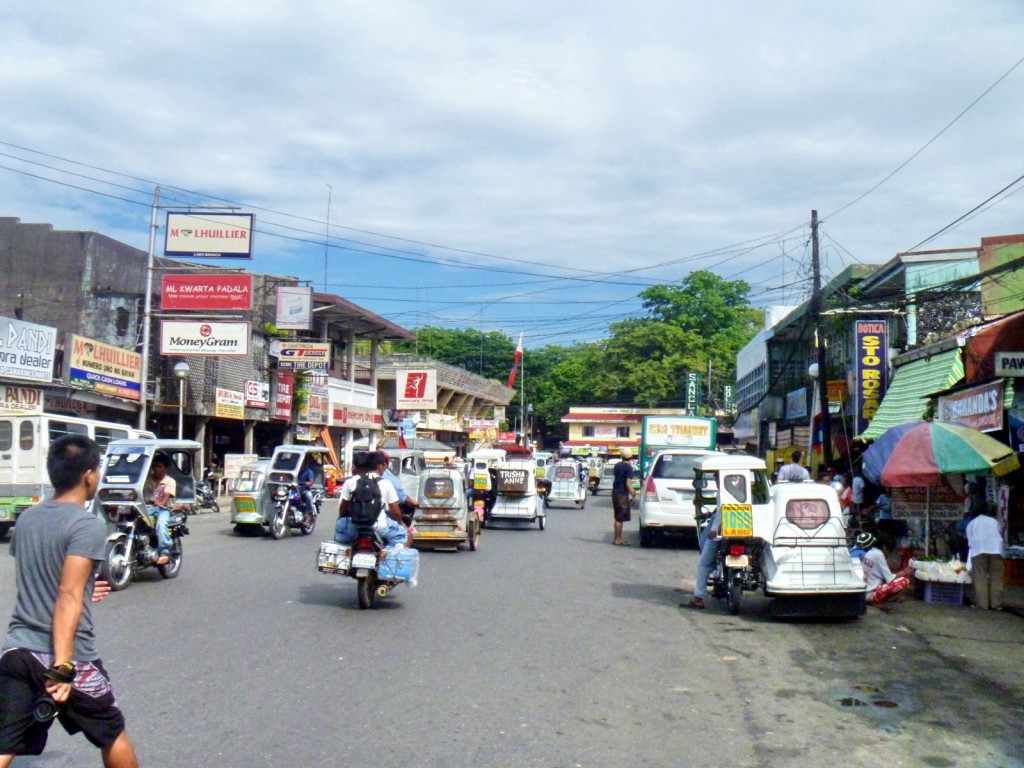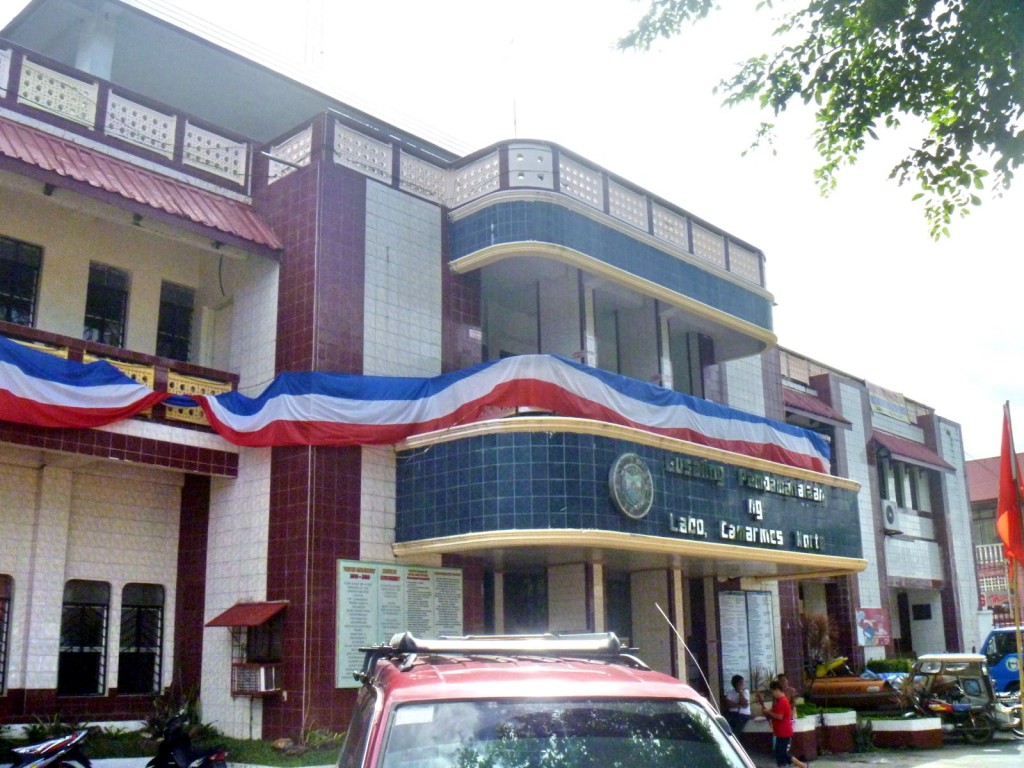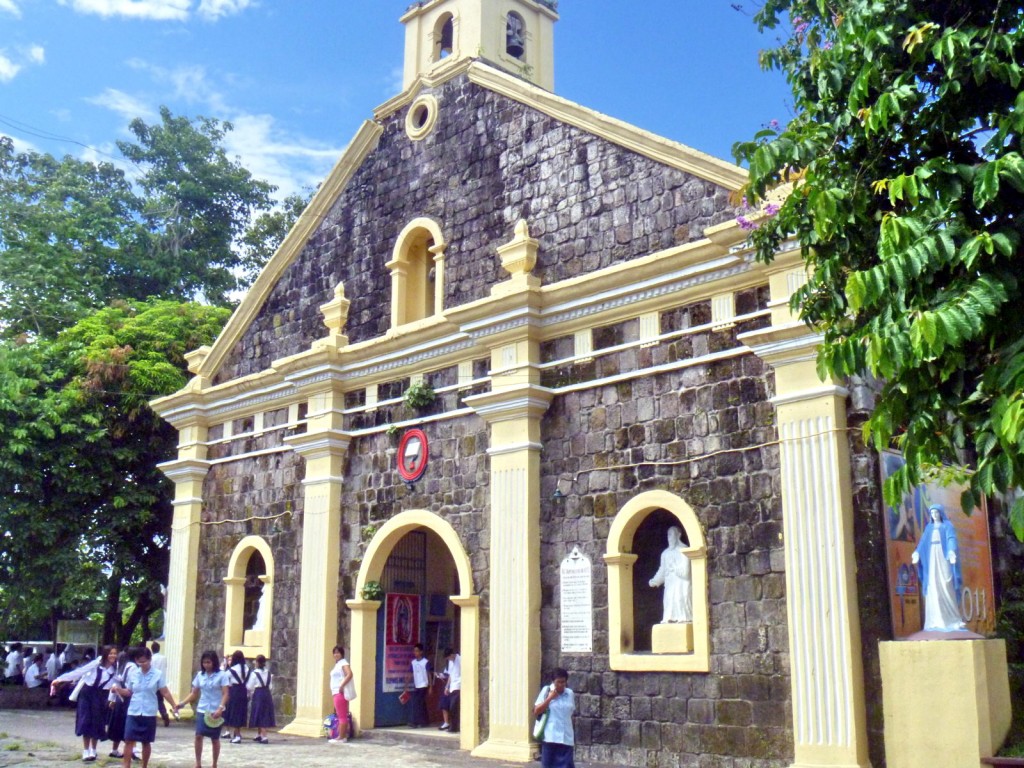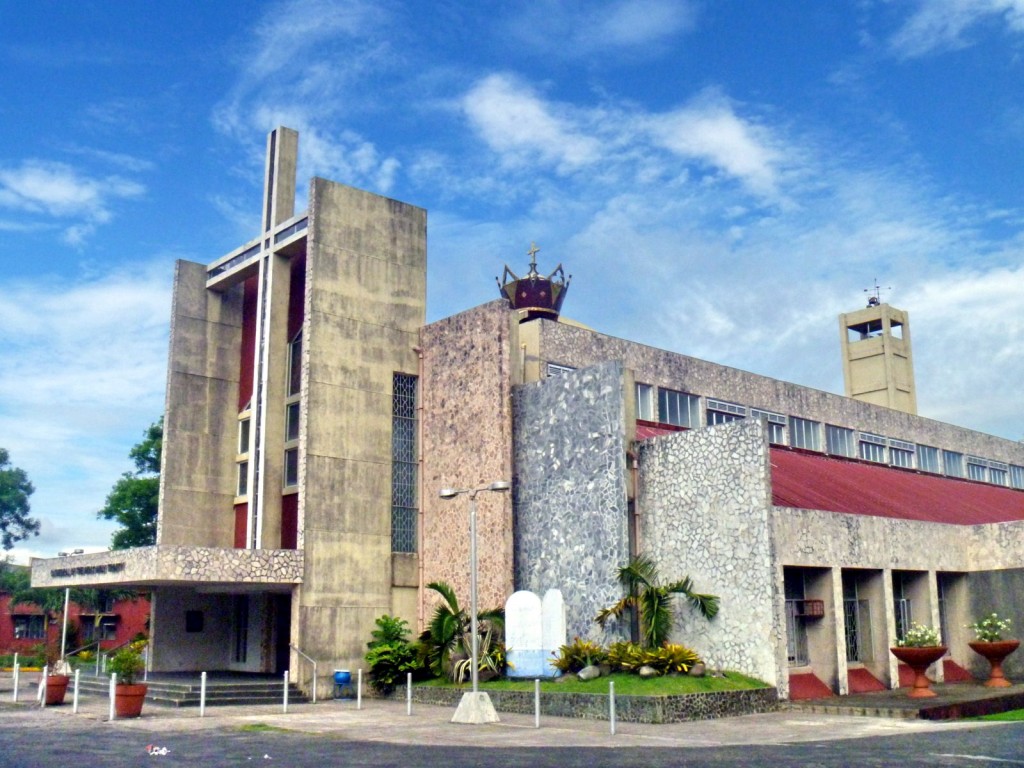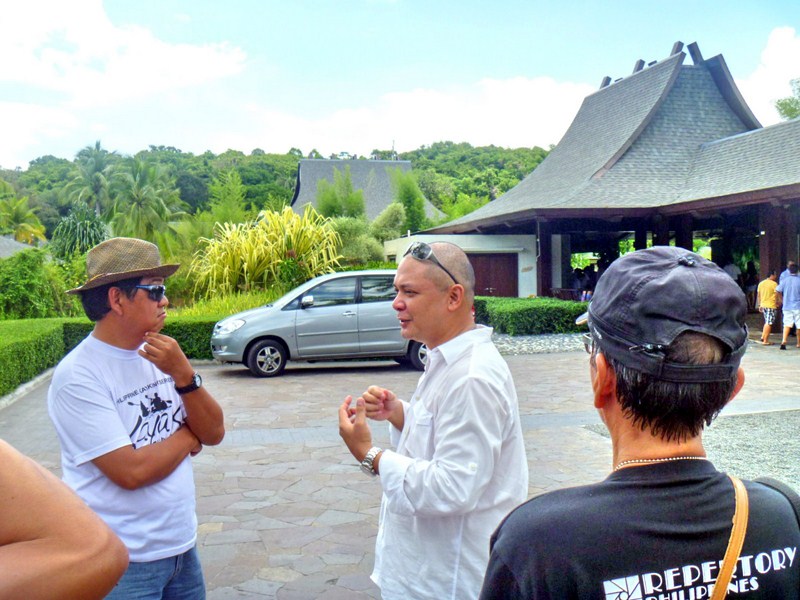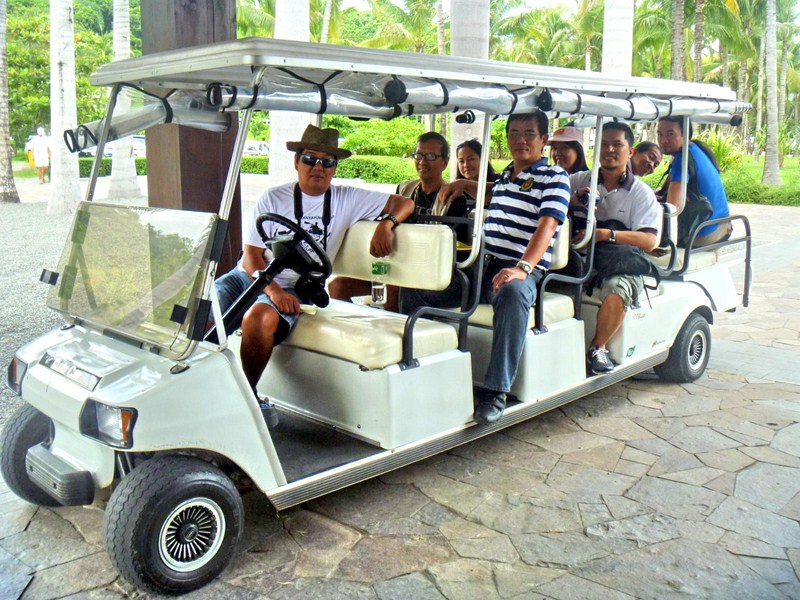About 15 kms. out of Daet, we again made a short stopover at the busy, 648.84 sq. km. (more than 25% of the province’s total land area) and first-class municipality of Labo (2010 population: 92,041, the province’s most populous) where Bernard and I bought some shades at the market.
From the market, I walked over to the nearby Church of St. John the Apostle and Evangelist and the modern, 2-storey municipal hall for my own photo ops.
The church was built in 1890 by Fr. Sotero Martin (parish priest from 1891 to 1894).
AUTHOR’S NOTES:
The church has a 2-level, Baroque-style coralstone facade with a triangular pediment with a centrally located, semicircular arched statued niche and topped by a square bell tower.
The lower level has a centrally located, semicircular arched main entrance flanked by fluted pilasters (topped by urn-like finials) and semicircular arched statued niches.
Church of St. John the Apostle and Evangelist: Brgy. Burgos, Labo 4604. Tel: ()54) 447-6325. Feast of St. John the Apostle and Evangelist: May 6.
Labo Municipal Hall: National Highway, Labo 4604. Tel: (054) 721-7412. E-mail: inquiries@labo.gov.ph. Website: www.labo.gov.ph.

